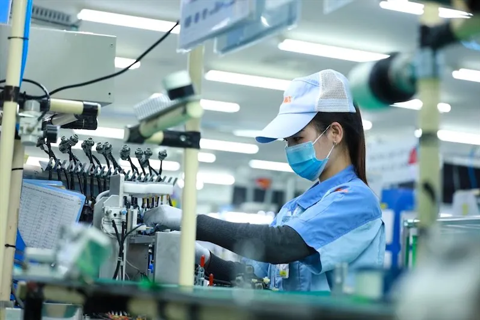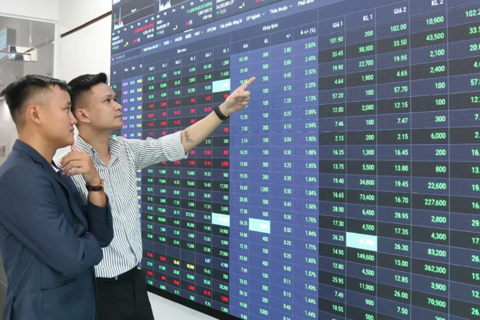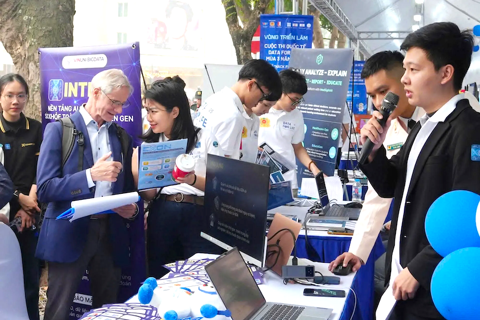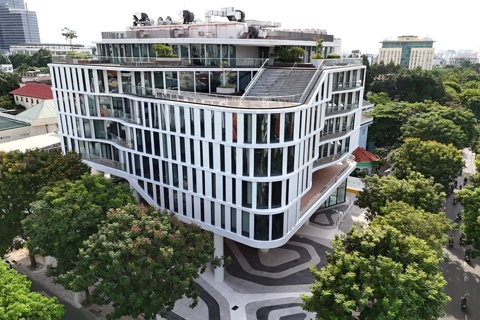Business
Restructuring Vietnam Railways: Necessity to separate freight and passenger transportation
Jan 10, 2018 / 03:57 PM
Vietnam’s railway sector is at the crossroad as reform is needed to stay ahead, or facing the risk of being left behind.
The restructuring process now put focus on the divestment process of Vietnam Railways (VNR). With regard to the equitization process of VNR, the government is expected to reduce its share at the company to 51% to invite investors, with an aim to implement restructuring plan and competing with other transportation models, said the Chairman of Board of VNR Vu Anh Minh.

VNR has previously completed the first phase of restructuring plan in scaling down its business lines, which focuses on freight transportation and increased the chartered capital to VND 3,2 trillion (roughly US$ 141 million).
In period 2017 – 2020, VNR will continues phase two of the restructuring plan. Priority will be placed in the improvements of productivity and efficiency in operation, merging the Hanoi Railway Transport and Saigon Railways into a company specialized in freight transportation. In the future roadmap, VNR will divest all of its state fund from this company as soon as it starts having profitability.
Stating the reason for this merging, Hanoi Railway Transport and Saigon Railways at present are providing freight and passenger transportation services, but this model proved inefficient as both companies have been sustaining losses. As they are operating non-stop train route from north to south, it is unlikely that the train can stop at a certain station for passengers to board in or changing the route. However, a full loaded freight train from north to south on the return trip will likely be empty, not to mention inefficient in administrative management leading to extra costs.
“World Bank’s experts studying the VNR’s operation urged to separate the freight and passenger transportation to present internal competition within the railway sector and focus on specialization. Under this recommendation, we decided to merge these two companies, to ensure the separation of freight and passenger transportation” – Minh said.
Recently, as part of a series of measures applied by Vietnam Railways to improve its service quality since January 2018. Leaders of Vietnam Railways said, along with the provision of free meal on board, the company will renovate trains and stations, and providing training courses for railway staffs at airlines schools. In particular, train ticket price still remains the same but passenger will receive airline standard services.
Previously, Vietnam Railways stopped providing meal in 2007 not only because of low demand from passengers, but also to increase turnover per ticket. However, despite efforts from the railway sectors, the number of passengers choosing railway is decreasing. As such, it is necessary to attract more passenger to railway system, instead of maximizing profit on each passenger.

VNR has previously completed the first phase of restructuring plan in scaling down its business lines, which focuses on freight transportation and increased the chartered capital to VND 3,2 trillion (roughly US$ 141 million).
In period 2017 – 2020, VNR will continues phase two of the restructuring plan. Priority will be placed in the improvements of productivity and efficiency in operation, merging the Hanoi Railway Transport and Saigon Railways into a company specialized in freight transportation. In the future roadmap, VNR will divest all of its state fund from this company as soon as it starts having profitability.
Stating the reason for this merging, Hanoi Railway Transport and Saigon Railways at present are providing freight and passenger transportation services, but this model proved inefficient as both companies have been sustaining losses. As they are operating non-stop train route from north to south, it is unlikely that the train can stop at a certain station for passengers to board in or changing the route. However, a full loaded freight train from north to south on the return trip will likely be empty, not to mention inefficient in administrative management leading to extra costs.
“World Bank’s experts studying the VNR’s operation urged to separate the freight and passenger transportation to present internal competition within the railway sector and focus on specialization. Under this recommendation, we decided to merge these two companies, to ensure the separation of freight and passenger transportation” – Minh said.
Recently, as part of a series of measures applied by Vietnam Railways to improve its service quality since January 2018. Leaders of Vietnam Railways said, along with the provision of free meal on board, the company will renovate trains and stations, and providing training courses for railway staffs at airlines schools. In particular, train ticket price still remains the same but passenger will receive airline standard services.
Previously, Vietnam Railways stopped providing meal in 2007 not only because of low demand from passengers, but also to increase turnover per ticket. However, despite efforts from the railway sectors, the number of passengers choosing railway is decreasing. As such, it is necessary to attract more passenger to railway system, instead of maximizing profit on each passenger.








